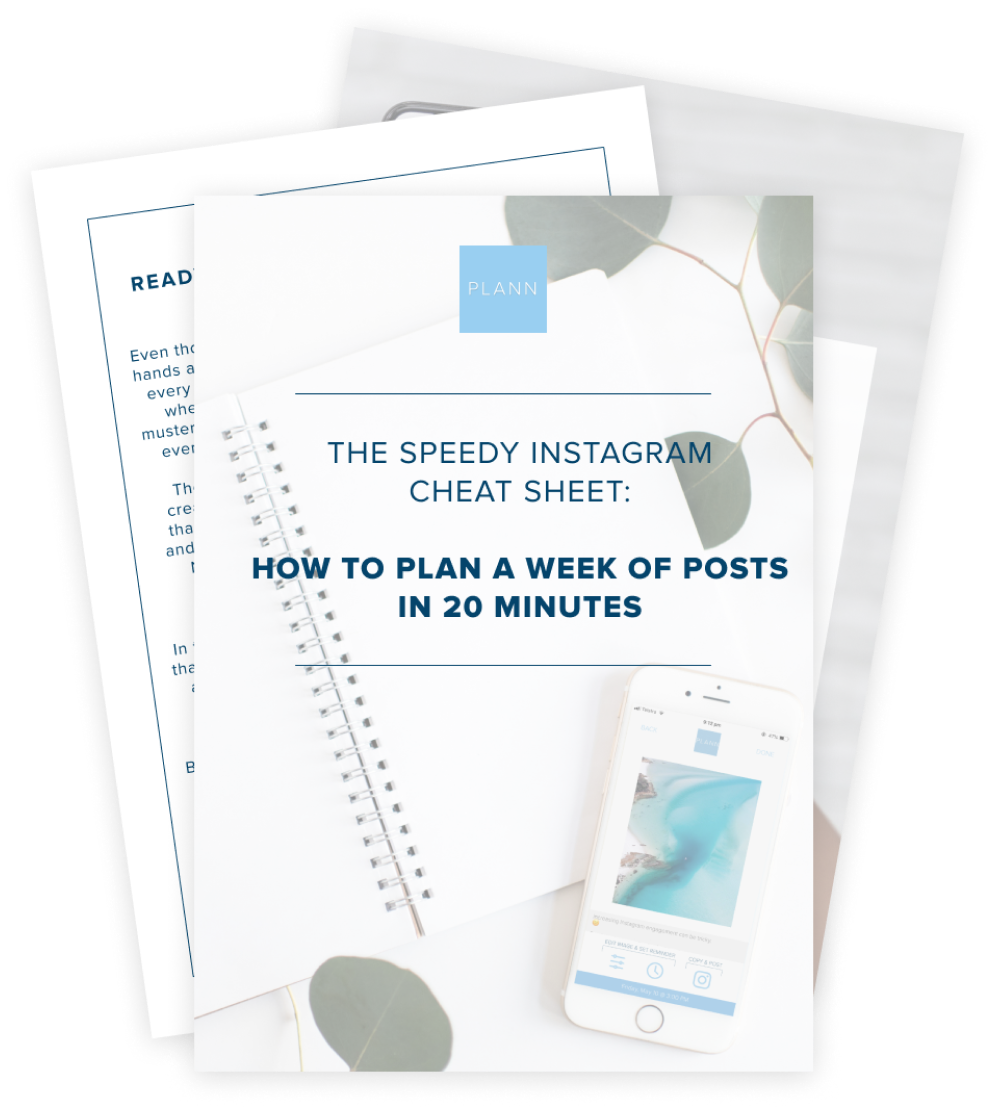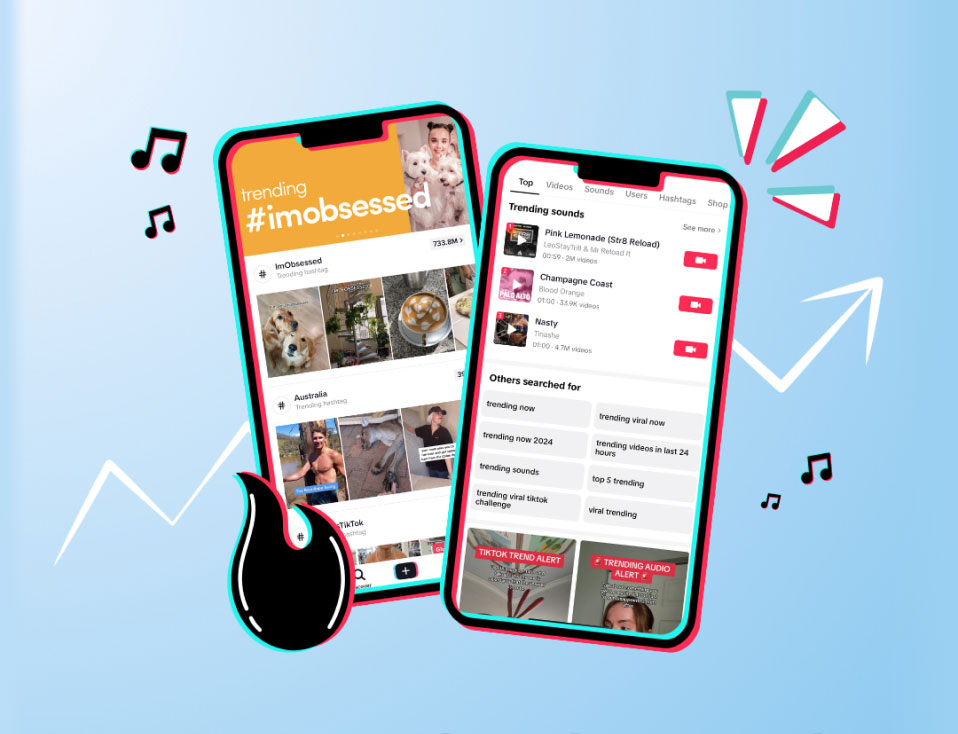When you think about driving traffic to your site, the first things that come to mind are likely organic and paid search.
Specifically, you think about Google. It’s tied up the search market so effectively that its name is practically synonymous with driving website traffic and inbound marketing.
But if you’re going to make money online, it’s not enough to simply focus on search. From email marketing to display ads, there are lots of other traffic sources that require your attention.
According to research from Growth Badger, social is the third-biggest traffic source across all niches, with about one in 14 website visitors coming from the likes of Facebook, LinkedIn, and Twitter.
For many brands, social plays a much bigger part. For instance, in the business and marketing niche, it’s the driving force behind almost one-fifth of all website visits:
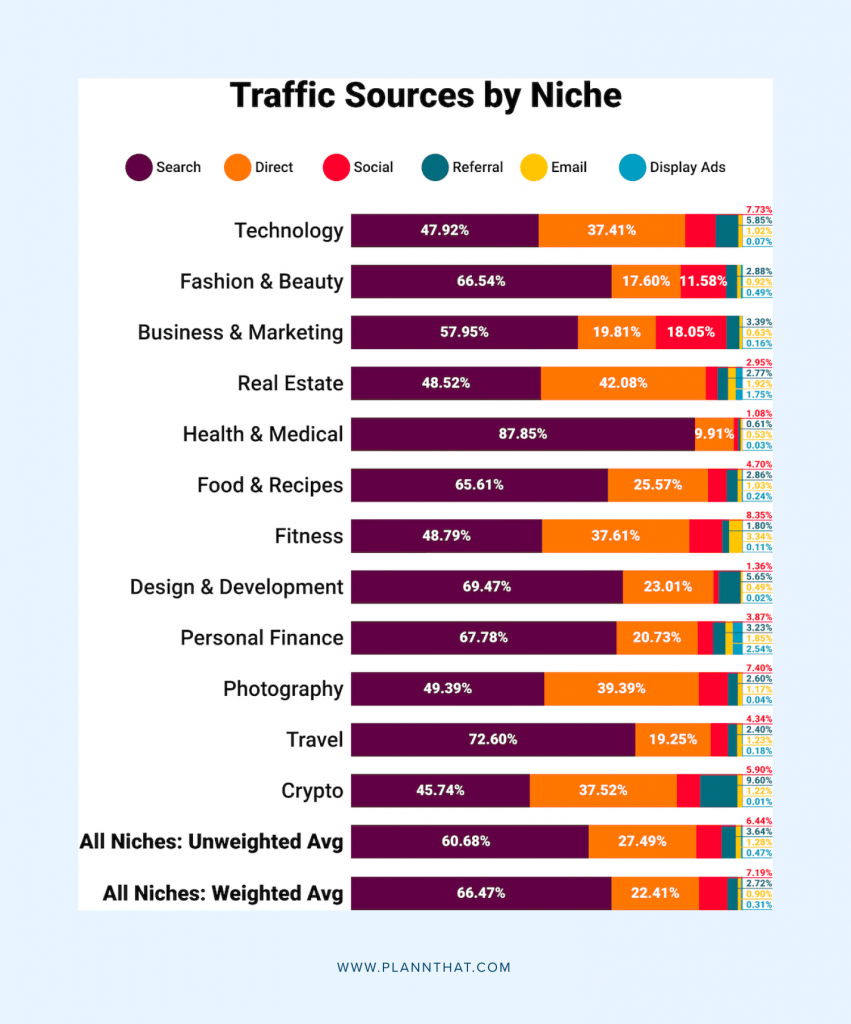
Clearly, social media traffic simply isn’t something you can afford to ignore. Apart from all the traffic you can receive, there’s also the endless possibilities of passive income — from sponsorships to affiliate marketing.
Ready to maximize your website traffic? Here are 6 ways to send your clicks through the roof.
1. Optimize Your Social Media Profiles
The starting point for boosting social media traffic is to optimize your social profiles so they compel people to click through to your site.
Pretty much every brand does this. Look at how Adidas has optimized its Instagram business profile to share a link to its website:
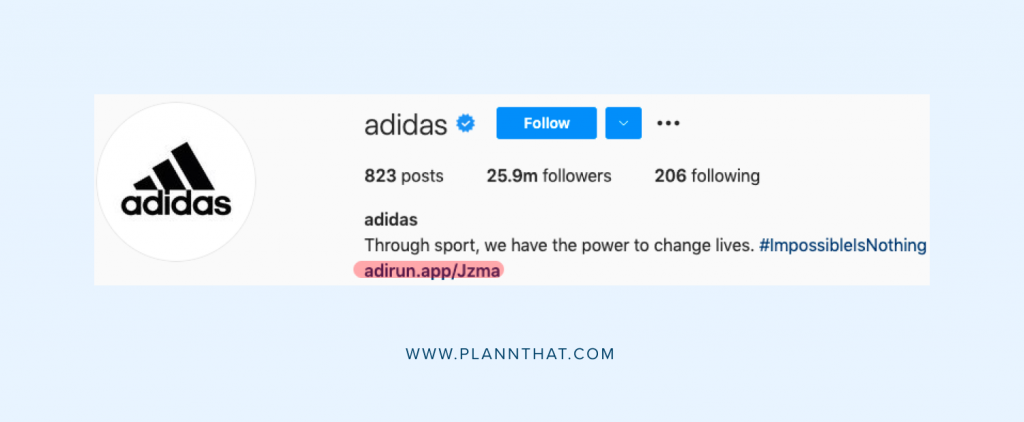
And how Spotify does the same on Twitter:
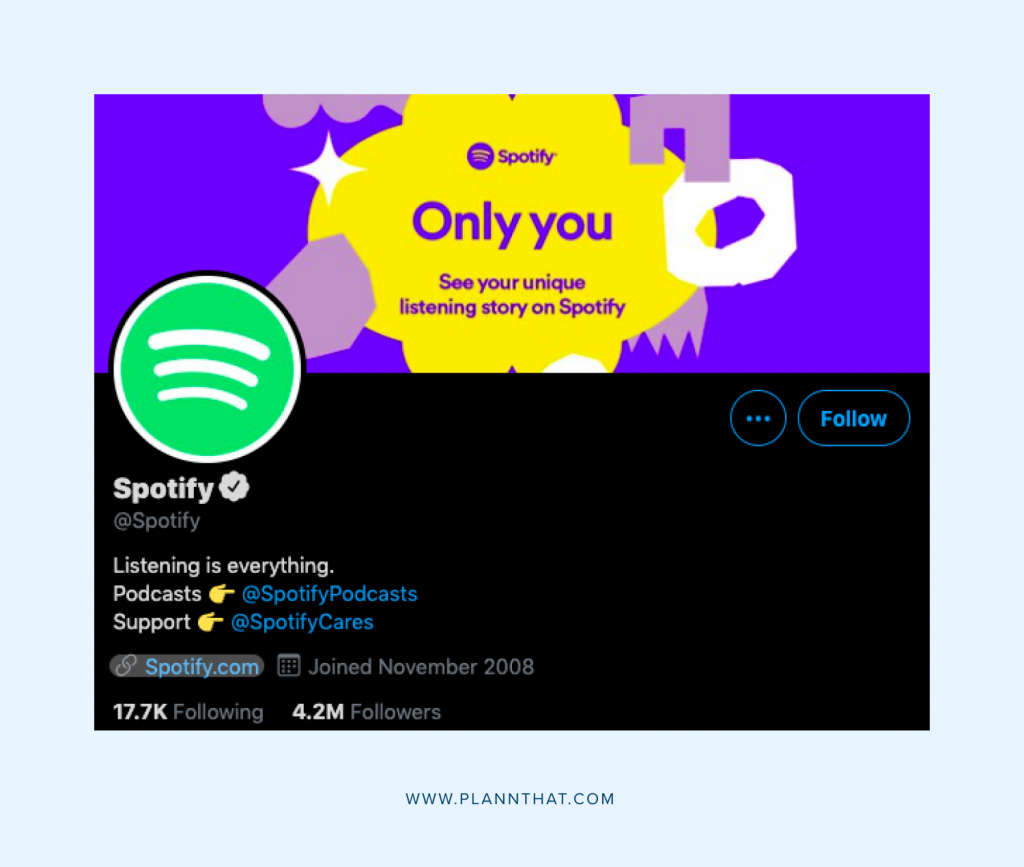
When people come across you on social media, they’re going to head to your profile to find out who you are, what you do, and whether you’re worth following.
At that point, you need to make it as simple as possible for them to click through to your site. If you don’t, you’re potentially missing out on a significant chunk of traffic.
This also means making a good first impression. Luckily, this can be done easily by using a high-quality logo design, using proper grammar, and posting visually-appealing content.
2. Analyze the Most-Shared Content Types in Your Niche
It stands to reason that the more widely shared your content, the more likely you are to drive a lot of social traffic back to your site.
So it’s in your interest to create content that’s highly shareable. The million-dollar question is: what does that content look like?
Clearly, it’ll vary from niche to niche. To find answers that are relevant to you, you’ll need to do a little competitor research. Look at what brands with similar audiences are doing. Which channels do they use? What types of content do they create? How frequently do they post?
Follow these four steps to carry out an effective social media competitor analysis:
1. Identify your five biggest competitors. If you don’t know who they are, use a tool like Ahrefs to find sites that are ranking for similar keywords to you
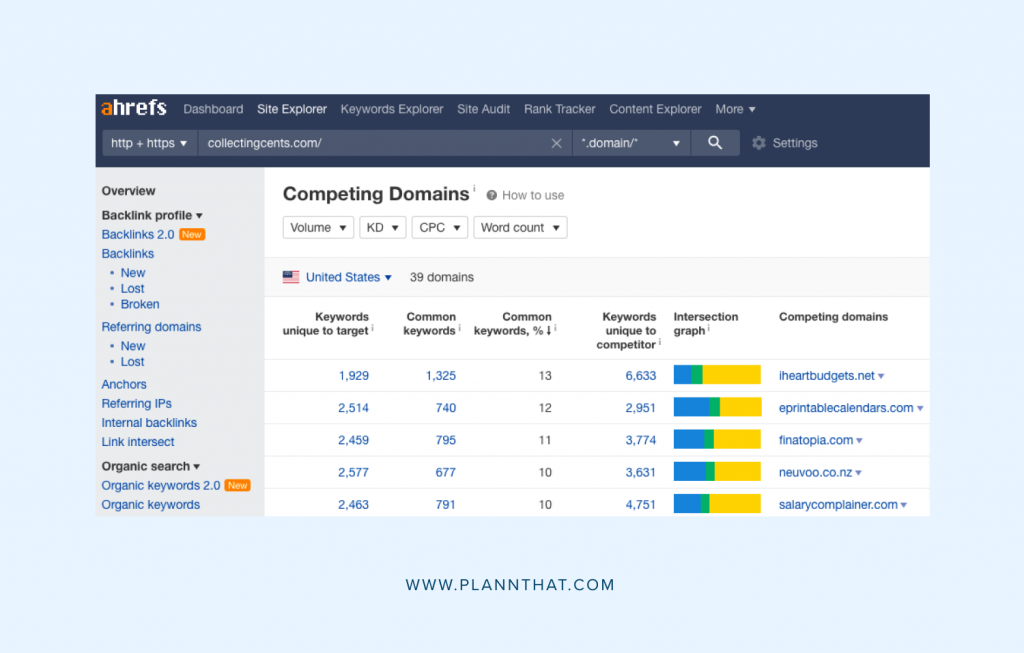
2. List the social platforms your competitors are using. Are they doing anything that you’re not?
3. Analyze their last six months of content. Try to find patterns in the types of content they post. For instance, do they regularly share videos? Do they share more visual content on certain days or at certain times?
4. Pick out content that drives engagement . Segment this by platform to understand what works best on different sites (and what doesn’t).
Don’t fancy doing all that legwork? Tools like BuzzSumo allow you to quickly and easily find the most-shared content from a specific keyword or domain. For instance, here are the results of a search for “social media marketing”:
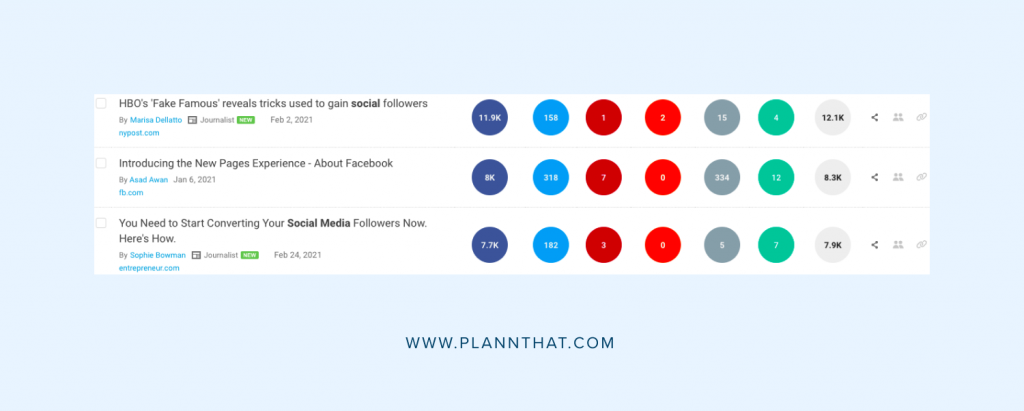
Use the data to identify the types of content that are most likely to be shared in your niche and gain insights to inform your own content strategy.
3. Post at the Right Time
Here’s an obvious point, but an important one. If no one’s online to see your social posts, you’re not going to drive any social traffic to your site.
In other words, you need to build your posting strategy around the times when your audience is most likely to be active.
Clearly, this will vary from industry to industry, and from one social platform to another. If you write business advice, expect it to be mostly read during working hours, whereas if you post about arts and culture, your readership might be bigger in evenings and at weekends.
The only reliable way to find out what works for you is to test, test, and test some more. Try posting at various times throughout the day over an extended period, see which time slots generate the most engagement and traffic, then do more of it.
If it feels as if you don’t have the time to post consistently and at the right times, no worries. Social media marketing is one of the most sought-after freelance jobs these days, and employing the help of a freelancer can ensure you stay on track with your social media plan.
Or, consider investing in a social media post scheduler like Plann, which will automatically schedule your posts at the right time for your audience.
4. Understand Which Platforms Are Best for Driving Traffic
In the early days of social media, sites like Facebook and Twitter were all about sharing content. That’s kind of what they were built to do. In fact, if they didn’t make their platforms easy for sharing exciting, engaging content, there would have been much less incentive for people to use them.
But that’s simply not the case anymore. Increasingly, social media is about native content that’s tailor-made for specific platforms. More recent additions to the social media pantheon – think Instagram, Snapchat, and TikTok – were developed from the ground up to keep users on-platform wherever possible.
All of which means it’s just not that easy to direct users on those platforms toward your site.
If driving traffic is an important aim of your social strategy, you need to focus your efforts on the platforms that are most likely to yield results. This means you should be focusing on performance marketing– the active effort of marketing to bring in leads, make sales, or build those traffic numbers.
That means the “old guard” of social media: Facebook, Twitter, and – particularly if you’re in the B2B space – LinkedIn.
That’s not to say the likes of Instagram and TikTok aren’t valuable platforms in their own right It’s just that you need to play to each platform’s strengths and take your industry into account.
For example, a business insurance firm like Business Insurance USA will likely see the best results on a platform like Facebook where most of their audience is active and where reviews can be seen clearly for their service. For B2B services like insurance, reviews are an important piece of the puzzle when you are trying to make sales:
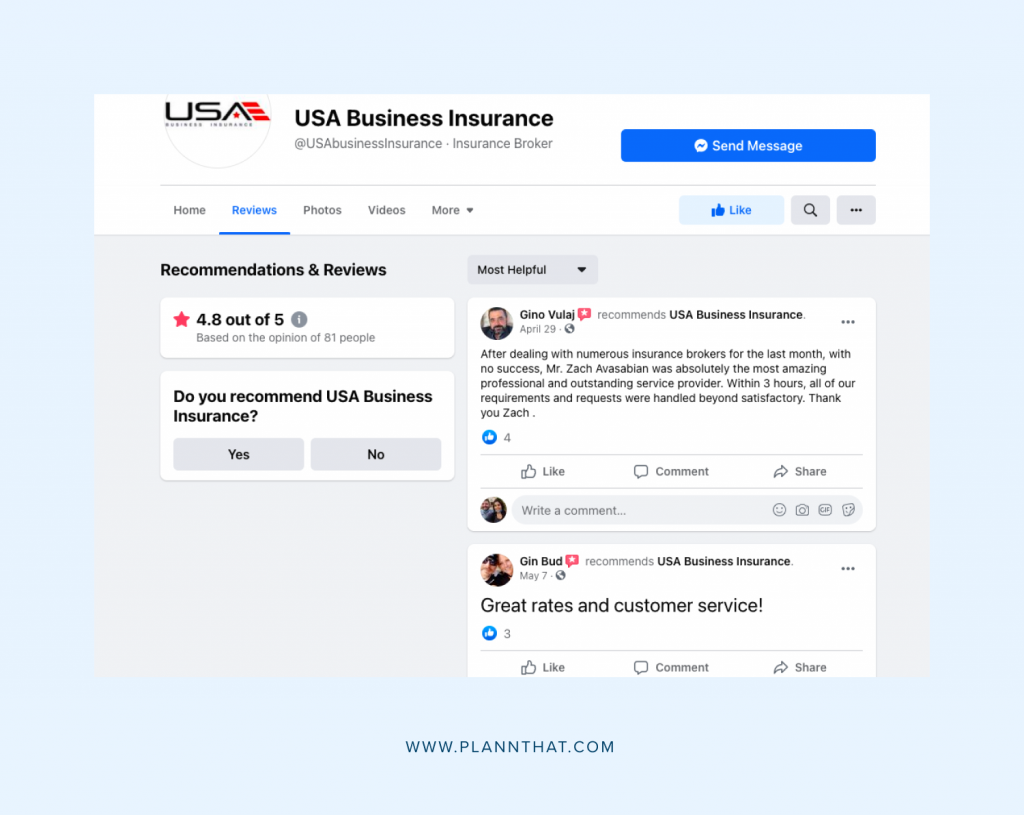
On the other hand, more visual industries like food, beauty, fashion, and tourism fare better on Instagram.
For instance, Instagram has added a bunch of functionality that allows users to make purchases from an eCommerce business without ever leaving its environment. That’s a great feature for online stores who are looking to monetize Instagram, but it won’t do anything for your website traffic.
Instagram is also a great way to showcase your products through stories and IGTV. You can link to your store via your bio for interested customers to then take a look. This is what companies like Transparent Labs do to bring in sales using the platform:
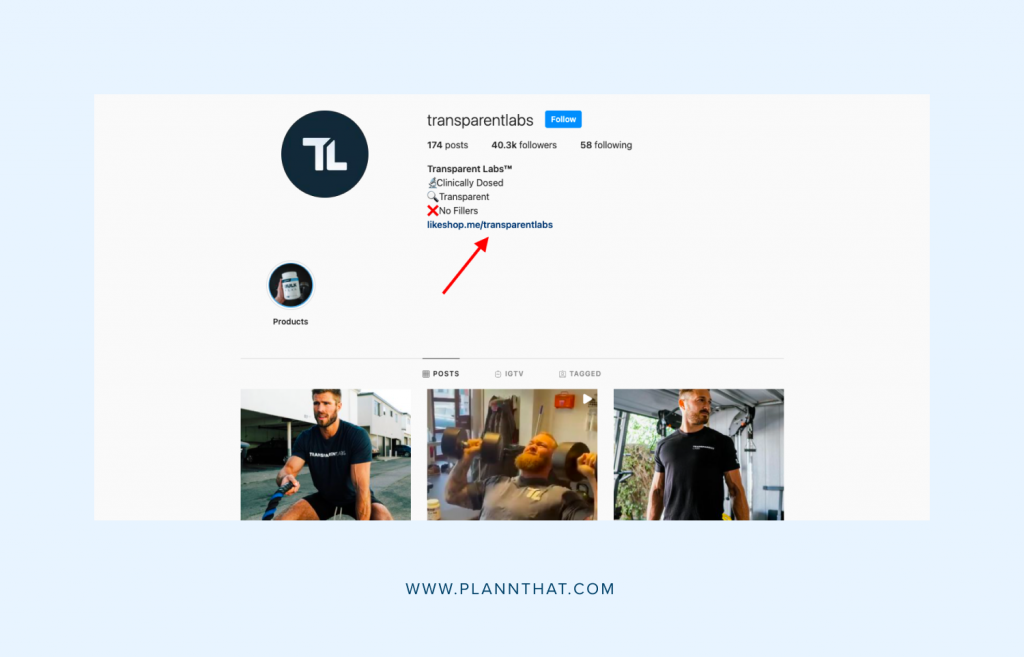
5. Join Niche Interest Groups
There are a lot of niche interest groups on social media.
That’s a good thing for any brand looking to drive social traffic to their site, because those groups are full of people who are specifically interested in niche topics – they’re hungry for content on it.
However, it’s important to remember that joining groups isn’t an opportunity to spam a captive audience with your products.
Instead, it’s about joining in with conversations and directing members toward useful, interesting articles on your site. Build yourself up as a trusted authority within your niche and you’ll naturally compel group members to come and check out your content.
6. Focus On Visual Content
Social feeds are busy places, with almost 55,000 posts being made on Facebook alone every second.
If your content is going to drive clicks, it needs to cut through all the noise and stop people while they’re scrolling. That’s no easy task, but one of the most effective ways to do it is by making your content highly visual.
One complementary benefit of this approach is that visual content is more likely to be shared – provided you strike the right balance between imagery and copy.
In a study of over one million articles, BuzzSumo analyzed blog posts with images to find the combination of visuals and words that generates the best results. It discovered that articles containing an average of one image per 75 to 100 words saw double the shares of those with fewer images, and at least 30 more than articles containing a higher proportion of images to text.
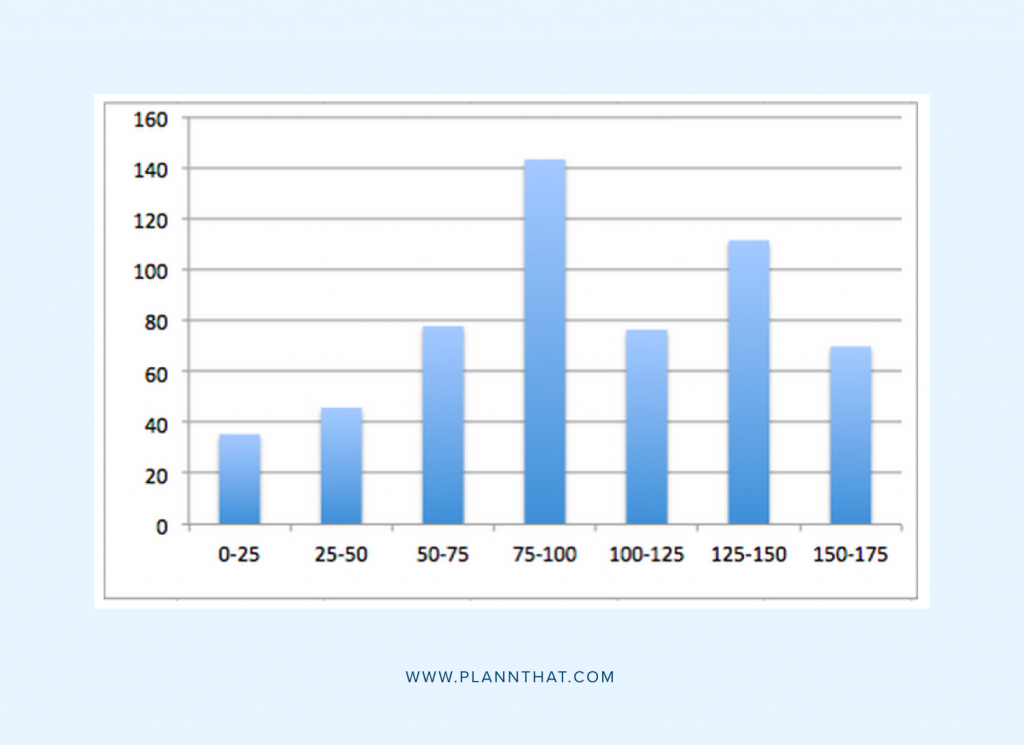
Now, it’s important to note this isn’t a hard-and-fast rule. Don’t scrap an article simply because it doesn’t have an image every 80 or 90 words. Instead, treat it as a guide. So if you’re writing a 1,000-word blog, it’d be good to aim for about 10 images, but don’t beat yourself up if you actually include nine (or 11).
Also, bear in mind that those images need to be relevant and useful, so don’t simply try to cram them in to get closer to the “magic ratio”.
Start scheduling your traffic-driving content today
At the end of the day, there are no cheat codes to increasing traffic from social.
You can’t simply expect to hit a switch and start driving hundreds, or thousands, of visitors to your site.
Instead, it’s about creating content that your audience feels compelled to click on and share, then posting it on platforms that give you the best chance of generating traffic at the times when your audience is most likely to be active.
Do that consistently, optimizing around what works best, and you’ll be well placed to grow your social traffic.
About the author : Freya is the founder of the personal finance blog CollectingCents that teaches readers how to grow their passive income, save money, improve their credit score, and manage debt. She has been featured in publications like Business Insider, Fox Business, the Huffington Post, and GoBankingRates.


